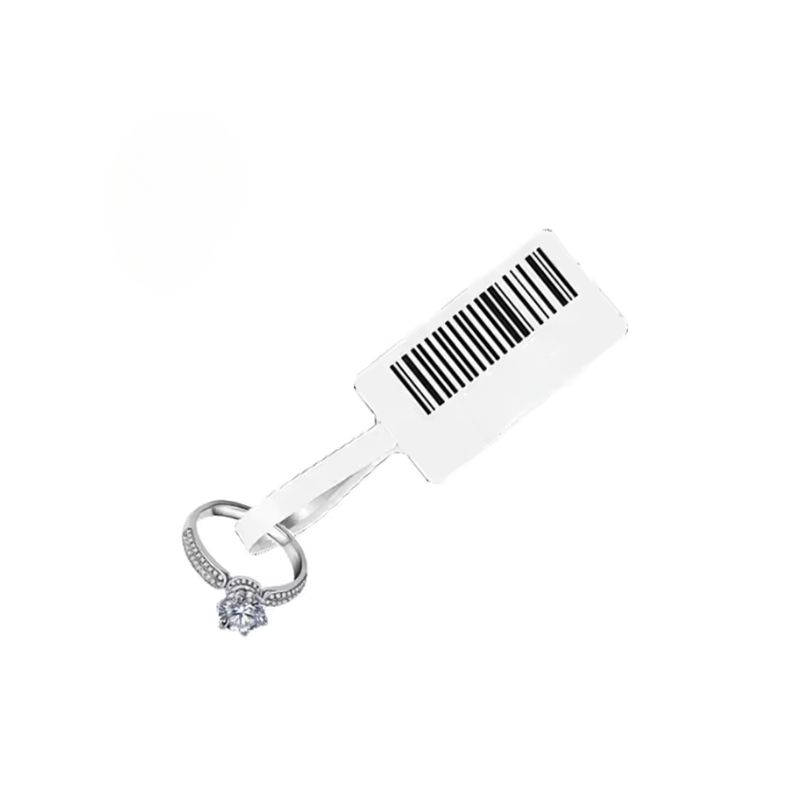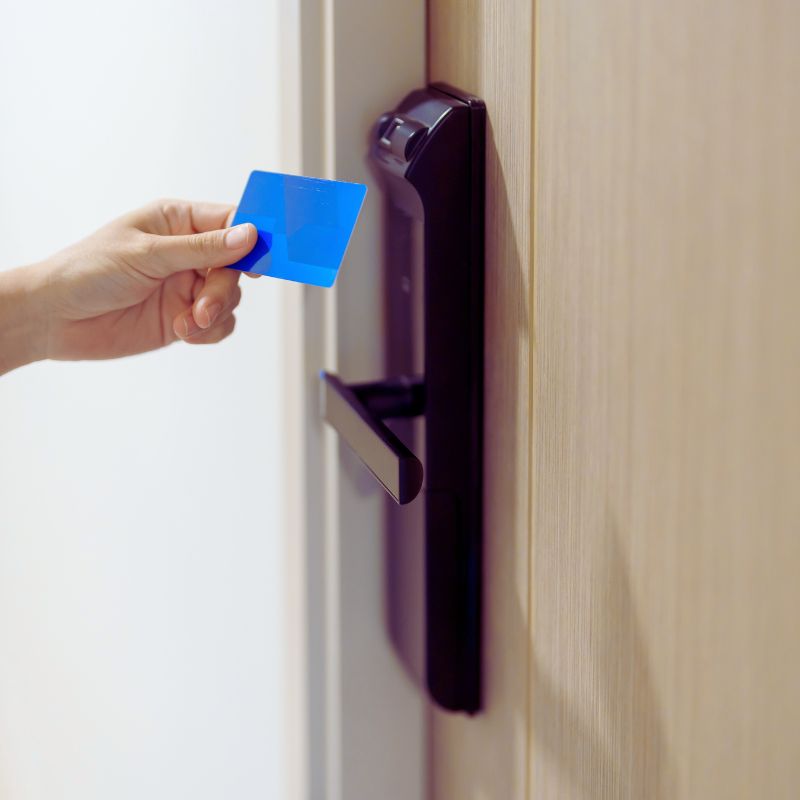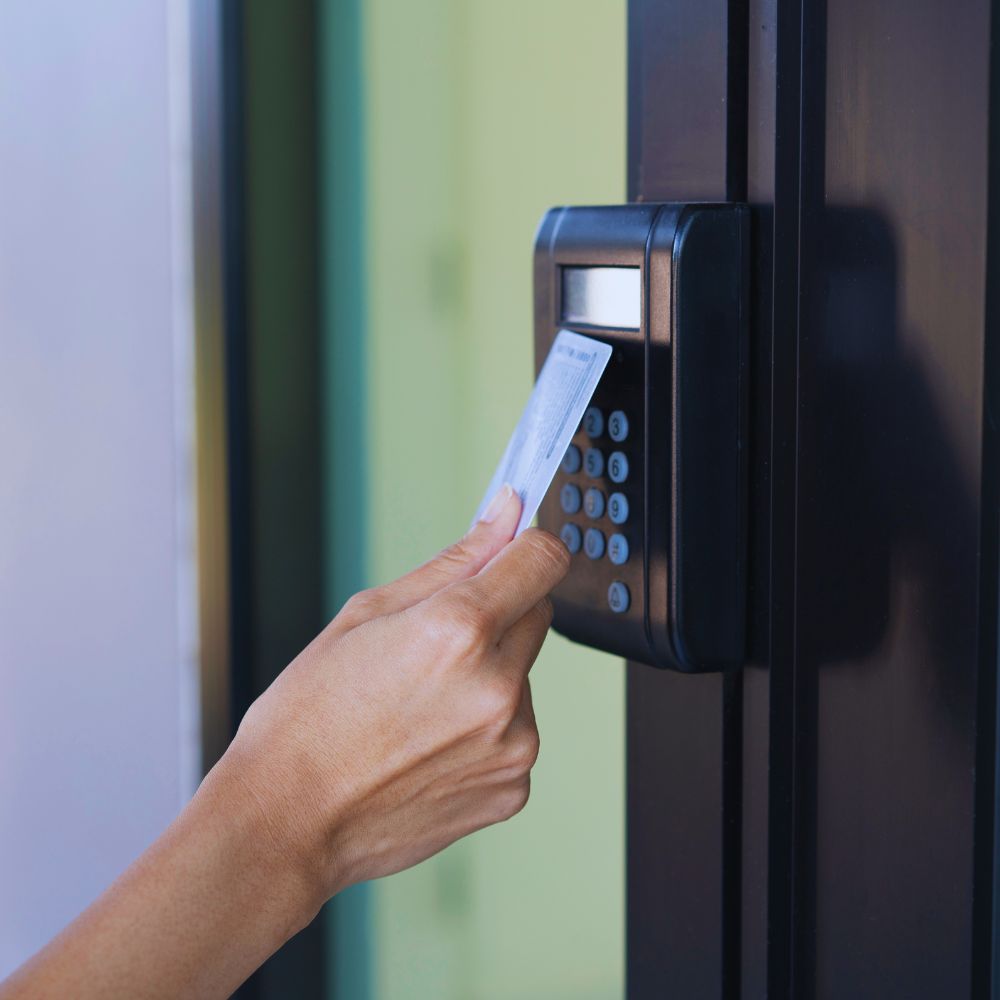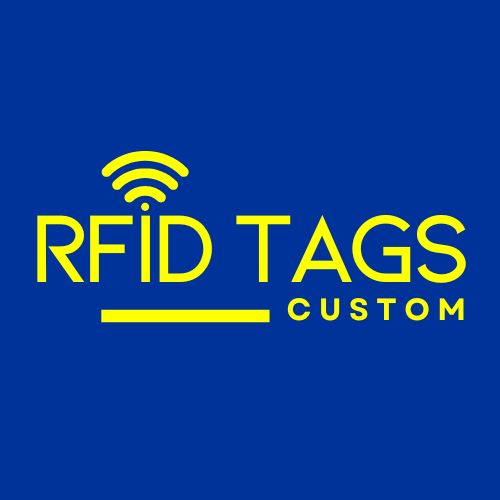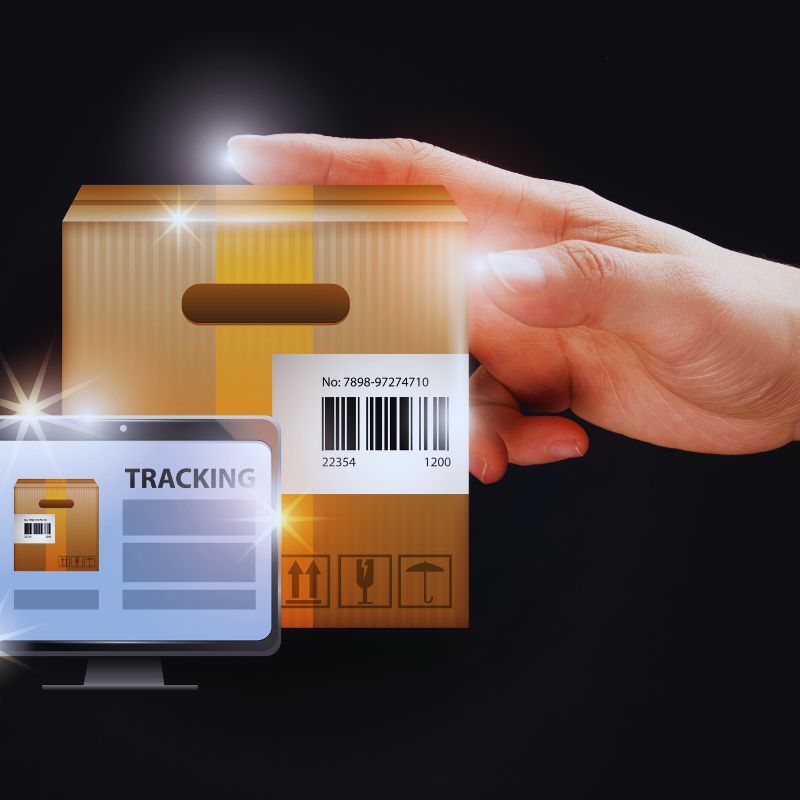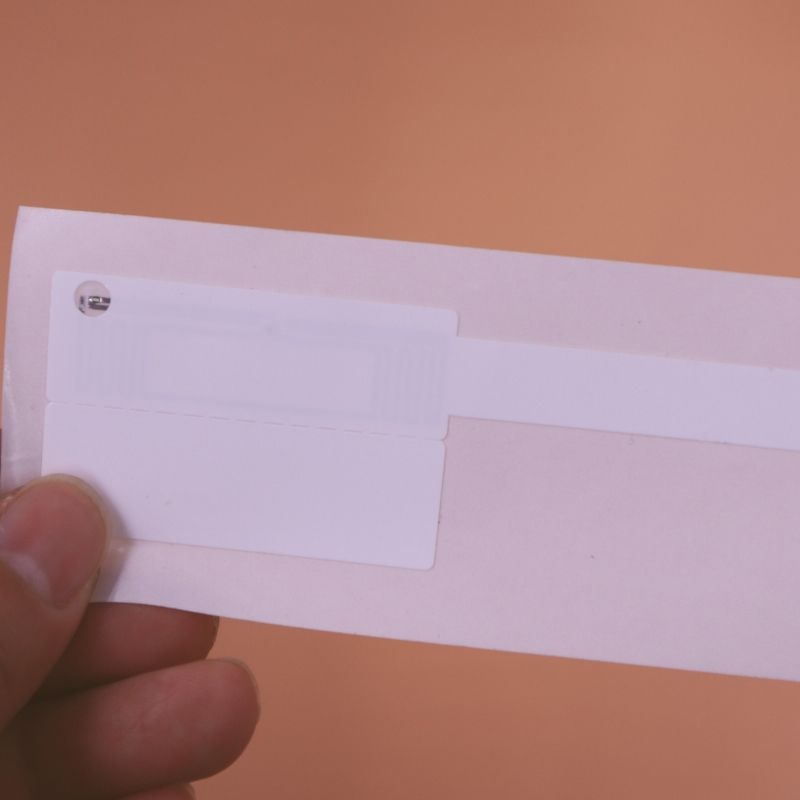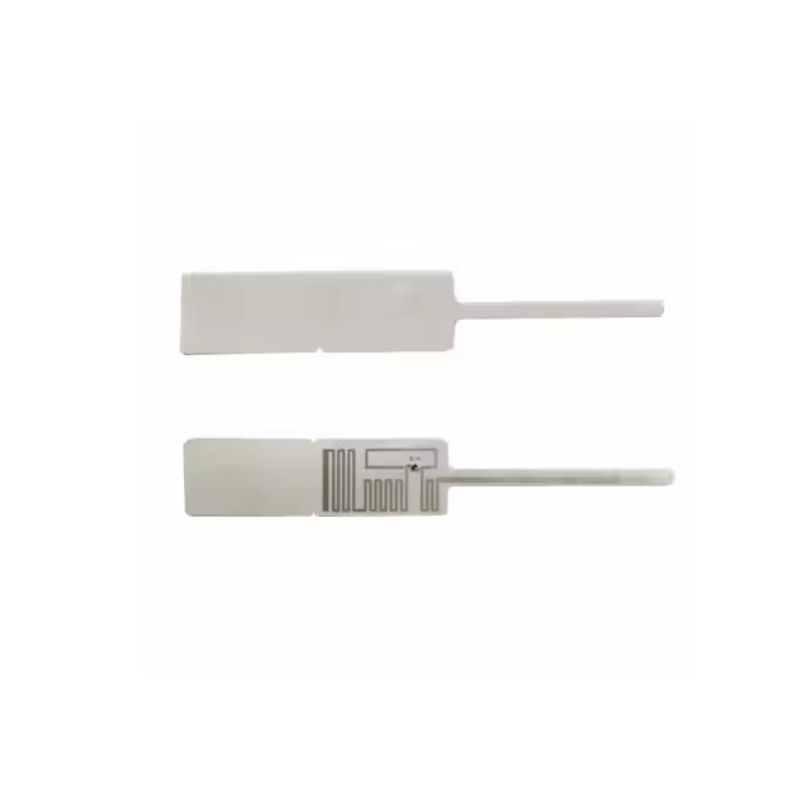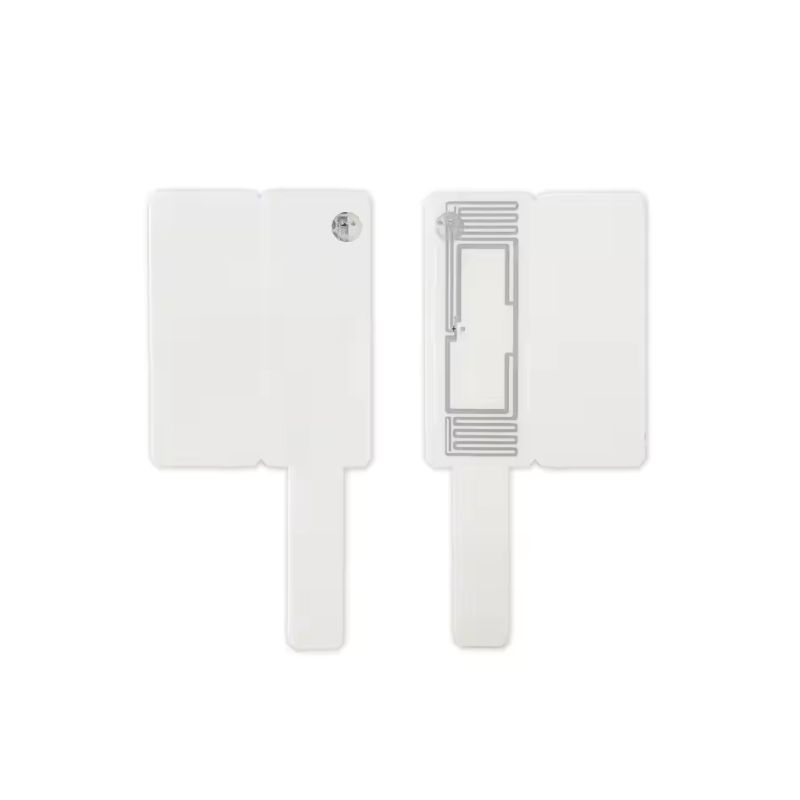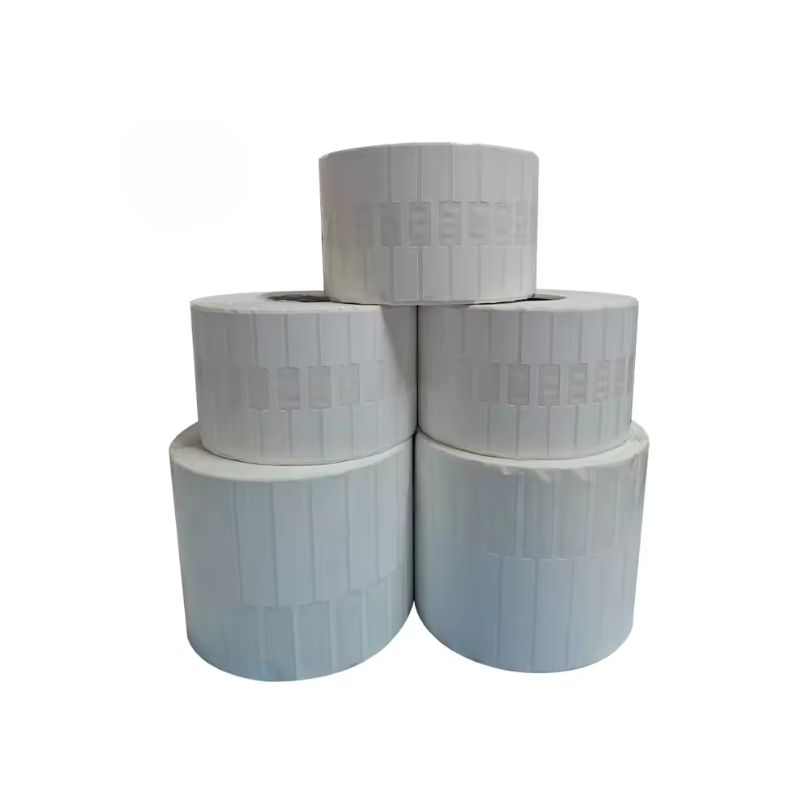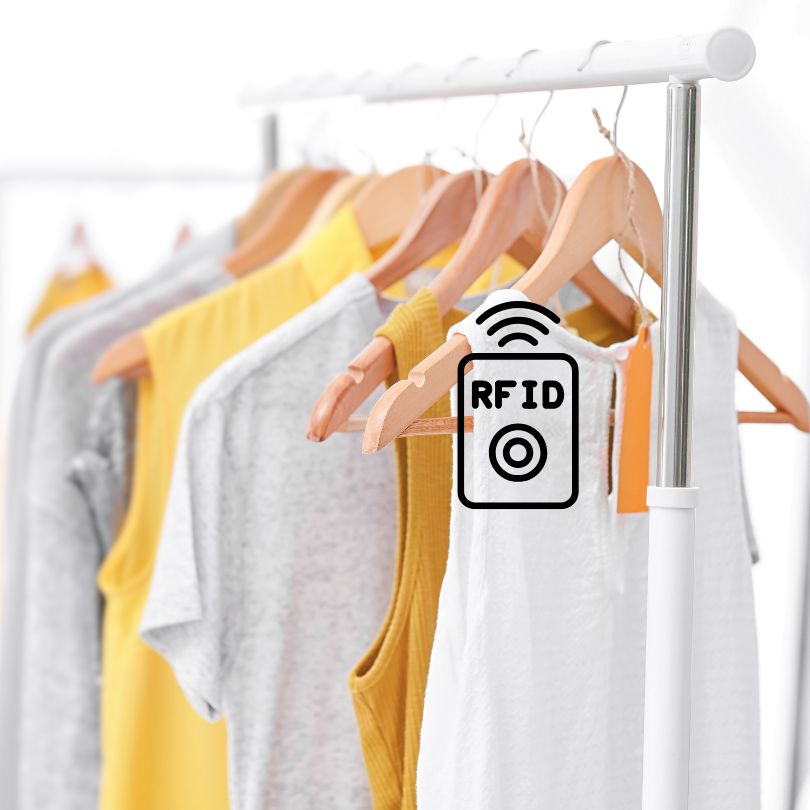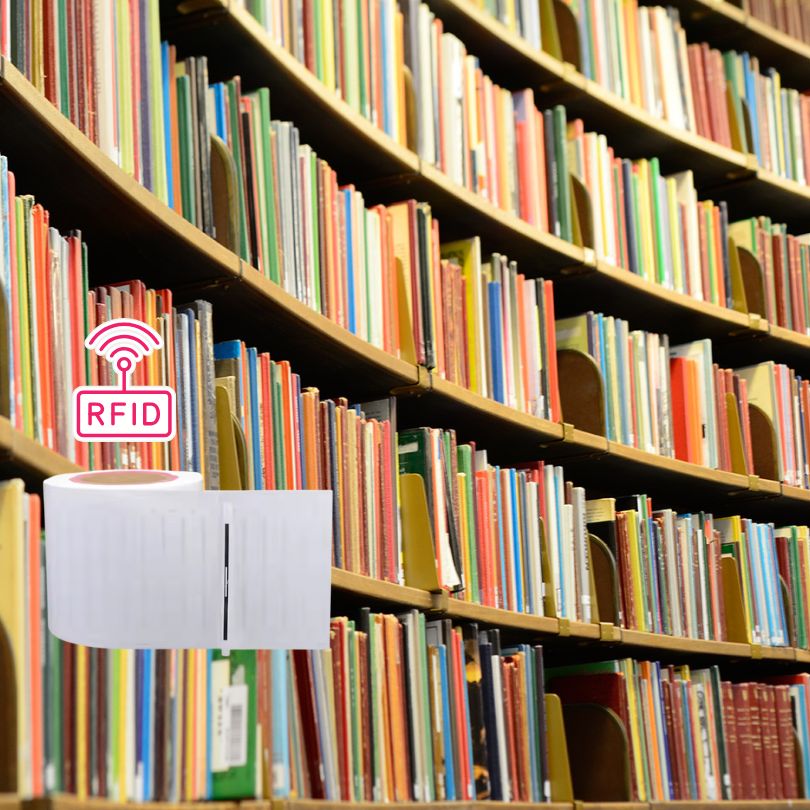Mastering RFID Systems: Exploring Low Frequency RFID, High Frequency RFID, and Ultra-High Frequency RFID Tag Solutions
When choosing an RFID tag, are you curious about the difference between LF, HF, or UHF RFID? If you’re a professional in Retail, Logistics and Supply Chain, Transportation and Parking Management, Manufacturing, Healthcare, Asset Management and Security, Agriculture and Livestock Management, Education and Library Management, or Apparel and Textiles, understanding how different RFID systems operate can significantly boost your operational efficiency. Each type of frequency (low, high, and ultra-high) offers unique advantages in terms of read range, data transfer rates, and environmental adaptability. Investing in the right radio frequency identification solution in today’s fast-paced world can streamline your work, heighten security, and improve overall productivity.
By partnering with us, you’ll access RFID technology that matches your precise needs—no matter your industry or specific challenges. We’re committed to delivering a comprehensive RFID solution optimized for your unique use cases, leveraging our expertise in different RFID systems to guarantee maximum ROI. Here’s why you should consider our offerings:
- Expert Guidance: We help you find the right frequency for your application, ensuring top performance and cost-efficiency.
- End-to-End Support: From hardware selection (such as RFID reader and RFID tag) to software integration, our team guides you through every step of your RFID projects.
- Tailored Solutions: We serve a wide range of industries, understanding that each sector’s needs vary—whether you require a short read range for library book identification or a longer read range for vehicle access control.
- Proven Track Record: Our customers rave about our dedicated service, high-quality products, and ability to address unique challenges.
As you explore different types of RFID, let’s dive deeper into how the frequency band—low frequency, high frequency, or ultra-high frequency—impacts RFID transmission, how tags are used in real-world scenarios, and the best approach for your business success.
UHF RFID: The Powerhouse for Extended Read Ranges
Regarding active RFID or passive RFID solutions that demand robust performance and high read range, ultra-high frequency (often called UHF RFID) stands out. This ultra-high frequency band typically operates in the 860–960 MHz range, delivering impressive read range capabilities. UHF RFID systems can sometimes achieve a long read range of up to 10 meters or more, depending on the environment and the frequency of the tag.
UHF RFID Frequencies and Rain RFID
- UHF frequencies are pivotal for operations in large warehouses, highways for electronic toll collection, or big events where rapid, wide-scale scanning is essential.
- RAIN RFID is a segment of the RFID industry utilizing UHF to power passive UHF tags, following the UHF Gen2 standard. RAIN RFID systems comply with established global regulations and are known for their high data throughput and high even reading speeds.
“Since implementing RAIN RFID in our warehouse, we’ve experienced a significant decline in manual scanning errors. The read range now covers entire shelving units!” — Logistics Warehouse Manager
Key Specifications for UHF RFID
| Specification | Value Range | Pros | Cons |
|---|
| Frequency Band | 860–960 MHz | Fast scanning, longer read range | May face interference from metal or liquid |
| Read Range | Up to 10m+ | Ideal for large-scaleapplication | Not suitable for highly dense environments |
| Typical Use Cases | Supply chain, inventory, toll systems | High-speed reading & throughput | Requires precise global frequency compliance |
In my experience, using UHF RFID is especially beneficial for Logistics and Supply Chain and Transportation and Parking Management, where fast, wide-area reading can reduce bottlenecks and labor costs. However, you must be aware of environmental factors—liquid or metallic surfaces can attenuate the radio wave signals, so specialized UHF RFID tags are used to mitigate this.
For more in-depth information on specialized UHF RFID tags, check out our RFID tags or see our range of RFID metal tags designed for metallic surfaces. These robust solutions ensure reliable performance even in challenging industrial settings.
2. Low Frequency and High Frequency RFID Systems for Targeted Applications
While UHF RFID might grab headlines for its longer read range, there are critical environments where low-frequency RFID systems or high-frequency RFID systems offer better reliability and performance. LF and HF RFID operate at lower frequencies than UHF RFID, typically 125–134 kHz for LF systems and 13.56 MHz for HF systems.
Low-Frequency RFID (LF)
Low frequency or LF RFID systems cover the band frequencies around 125–134 kHz. This frequency band provides a short yet highly reliable read range—often around a few centimeters to a meter at most. LF RFID technology is commonly used for animal tagging (like in Livestock Management) or automotive key fobs.
- LF RFID tags thrive in challenging environments with metal or water.
- LF spectrum is not considered ideal for large-scale scanning, but it does offer stable performance where proximity scanning is essential.
- Many parts of the world operate at low frequency for specialized ID cards or livestock identification.
“We utilized LF RFID tags in our dairy farms for accurate livestock monitoring. They proved extremely durable under wet conditions.” — Agricultural Operations Director
For custom animal ear tags, explore our Livestock ear tags. Our LF options ensure stable scanning for real-time health tracking and security compliance.
High-Frequency RFID (HF)
High-frequency RFID solutions run at 13.56 MHz, a widely adopted standard (like HF or LF in library systems). HF RFID systems operate with a moderate read range—usually a few centimeters up to a meter. They strike a balance between read performance and cost.
- HF frequencies are popular for NFC tags used in contactless payments or ID cards.
- HF RFID technology ensures a faster data transfer rate than LF.
- For extended reading accuracy in membership or asset tracking, HF RFID tags fit perfectly.
High-frequency RFID systems operate in numerous verticals, including Education and Library Management or Healthcare. If you’re working on contactless payment or tracking, RFID tags are commonly used for library materials. We have a broad range of NFC tags and RFID wristbands to make your deployment smooth.
HF or UHF RFID? The choice concerns the environment, RFID application, and the required read distance. Because rate than LF or HF can be critical in certain contexts, it’s best to consider your environment’s metal presence, required speed, and necessary security features.
3. Key Factors to Consider for Optimal RFID Implementation
When choosing an RFID tag, matching the frequency of the RFID system to your operational goals is essential. Each frequency band—LF, HF, or UHF RFID—has unique trade-offs. You might need to consider active RFID and passive RFID solutions or even active RFID systems if you need real-time location tracking.
Associated With Using Each Frequency
LF and HF Tags
- It provides a short read range but is more tolerant of harsh environments.
- Great for close-proximity scanning, like access control or library checkouts.
UHF RFID Tags
- UHF RFID tags are used for large-scale asset tracking in big warehouses or logistics hubs.
- Tags are easier and cheaper to mass-produce, and UHF tags are easier to integrate into supply chain applications.
- Complying with the UHF gen2 standard, it is widely recognized in the RFID market as the RFID market segment covering broad global supply chain solutions.
Active vs. Passive UHF
- Active RFID tags have onboard power, offering continuous broadcasting and a high read range, which is ideal for real-time location systems.
- Passive RFID tags (like passive UHF tags) rely on the radio signal from a reader for power, providing cost-effectiveness and simpler maintenance.
“Since integrating passive RFID systems and active RFID systems at our facility, we’ve minimized manual checking and gained accurate, real-time insights.” — Manufacturing Plant Supervisor
Variance in frequency, regulatory constraints, and environmental complexities are associated with using each frequency. Make sure to evaluate all these factors to ensure a seamless deployment.
Technical Specs, Usage, and Environmental Impact
Need a more robust LF RFID technology or a high-volume set of RFID tags for your new rollout? Our team is happy to consult and help you select the right frequency for your application.
Analytical Chart: Frequencies and Types of RFID at a Glance
Below is a simplified chart comparing frequencies and types of RFID deployments:
| Frequency Band | Common Name | Typical Read Range | Data Rate | Typical Applications |
|---|
| 125–134 kHz | LF | Short read range | Slower data rate | Pet microchipping, Agriculture and Livestock Management, key fobs |
| 13.56 MHz | HF | Moderate (up to 1m) | Faster rate than LF or HF is a comparison to older LF setups, but HF is still slower than UHF in many cases | Education and Library Management, payment cards, Healthcare |
| 860–960 MHz | UHF | High read range (up to 10m+) | Fastest data throughput | Logistics and Supply Chain, Transportation, apparel tagging |
(Note: The read range and performance can vary based on antenna design, power output, and environmental factors.)
Why Order From Us
- Authoritative Expertise: We have a long-standing radio frequency identification product development and integration history.
- Custom Solutions: Whether you need RFID systems for library management or low-frequency RFID for livestock, our portfolio covers it.
- Global Reach: We have experience with global RFID systems, ensuring compliance with local frequency band regulations.
- End-to-End Support: From pilot RFID projects to full-scale implementation, we’re your partner every step of the way.
Take the next step by contacting us for a personalized consultation! We’ll help you navigate the difference between RFID and RFID or how UHF RFID might revolutionize your data collection. Check out more specialized RFID tags or consider our advanced RFID metal tags for industrial applications. We’re here to ensure your RFID is used optimally, delivering tangible benefits and outstanding ROI in every RFID market segment.
Action: Let’s Build Your RFID Future Together
Ready to elevate your operations with the right frequency RFID approach? We pride ourselves on helping businesses seamlessly integrate different types of RFID, from LF and HF tags for secure proximity solutions to high-performance UHF RFID tag systems. Contact us now, and let’s explore how our tailored offerings can bolster your success in Transportation and Parking Management, Asset Management and Security, Agriculture, Logistics, and more.
